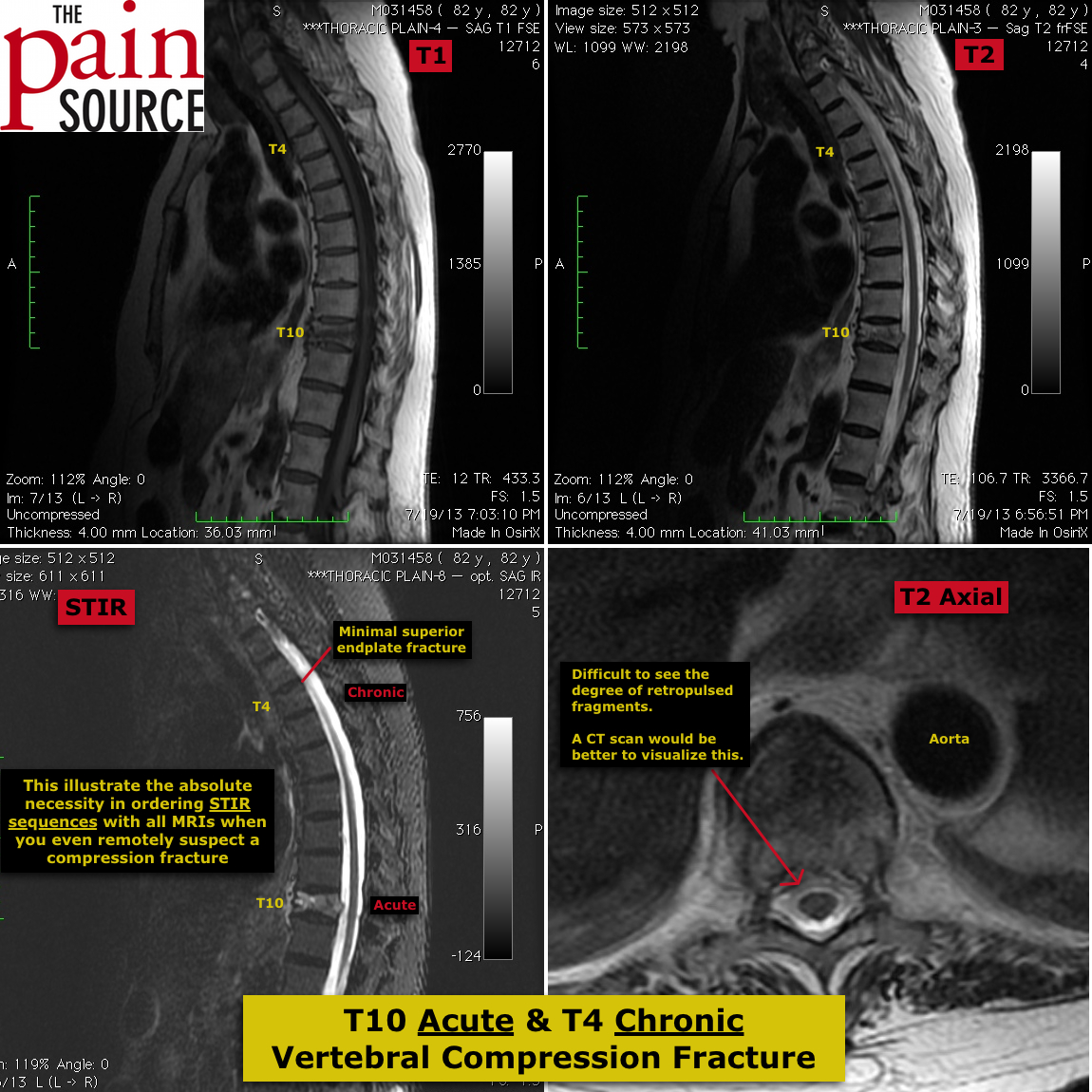Download a copy of the Oswestry Disability Index/Questionnaire
- PDF document – click here
- Word document – click here
——————————————————————————————————————————————————-
Scoring the questionnaire
——————————————————————————————————————————————————-
Score: patient’s raw score / total possible raw score x 100 = ___%
——————————————————————————————————————————————————-
Scoring:
- For each section, the total possible score is 5
- If the FIRST statement is marked, the section score = 0
- If the LAST statement is marked, it = 5
- If all ten sections are completed the score is calculated as followed:
- o Example
- 16 (total scored by patient)
- 50 (total possible raw score)
- 16/50 x 100 = 32%
- o Example
- If one section is missed or not applicable, the score is calculated as followed:
- o Example
- 16 (total scored)
- 45 (total possible score)
- 16/45 x 100 = 35.5%
- o Example
- Note: Distances of 2 kilometers, 1 kilometer, and 500 meters can be used in place of the distances in the “Walking” section.
——————————————————————————————————————————————————-
Interpretation of % Scores
- The following interpretation of disability scores is excerpted from the developers of the Oswestry system:
- 0%-20%: Minimal disability
- This group can cope with most living activities. Usually no treatment is indicated, apart from advice on lifting, sitting posture, physical fitness, and diet. In this group some patients have particular difficulty with sitting, and this may be important if their occupation is sedentary, e.g., a typist or truck driver.
- 20%-40% Moderate disability
- This group experiences more pain and problems with sitting, lifting, and standing. Travel and social life are more difficult and they may well be off work. Personal care, sexual activity, and sleeping are not grossly affected, and the back condition can usually be managed by conservative means.
- 40%-60%: Severe disability
- Pain remains the main problem in this group of patients, but travel, personal care, social life, sexual activity, and sleep are also affected. These patients require detailed investigation.
- 60%-80%: Crippled
- Back pain impinges on all aspects of these patients’ lives—both at home and at work—and positive intervention is required.
- 80%-100%
- These patients are either bed-bound or exaggerating their symptoms. This can be evaluated by careful observation of the patient during medical examination.
- It is recommended that clinicians focus their discussions of the results with patients in positive terms, rather than reporting disability scores. For example, point out the 10% improvement on a subsequent test.
——————————————————————————————————————————————————-
Minimum Detectable Change (90% confidence): 10% points (Change of less than this may be attributable to error in the measurement)
——————————————————————————————————————————————————-
Source:
- Fairbank JCT & Pynsent, PB. The Oswestry Disability Index. Spine, 2000 Nov 15;25(22):2940-52
- Davidson M & Keating J. A comparison of five low back disability questionnaires: reliability and responsiveness. Physical Therapy Phys Ther. 2002 Jan;82(1):8-24















